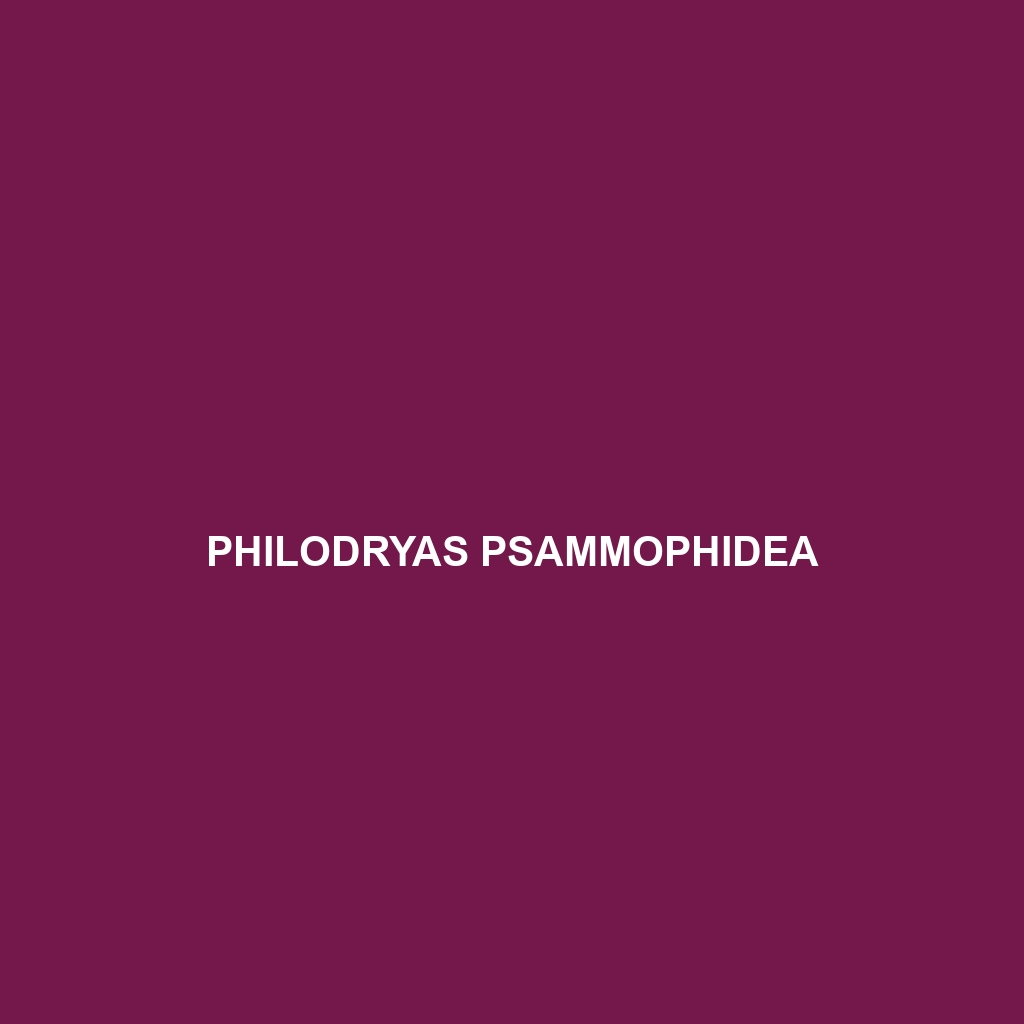Discover the Sphaerodactylus microlepis (microlepid gecko), a small, nocturnal reptile native to the Caribbean's lush rainforests, known for its distinctive coloration and remarkable camouflage. Measuring 6 to 8 cm, this insectivorous gecko plays a crucial role in controlling insect populations while showcasing fascinating behaviors unique to its adaptable species.
Tag: ecology
Plestiodon tamdaoensis
<p><b>Plestiodon tamdaoensis</b>, or the Tam Dao skink, is a medium-sized lizard found in the tropical forests of Vietnam, exhibiting a streamlined body with vibrant colors during mating season. This insectivorous species plays a crucial role in its ecosystem by controlling insect populations and demonstrating unique parental care behaviors.</p>
Phyllodactylus isabelae
<p><b>Phyllodactylus isabelae</b>, a striking gecko native to the rainforests and coastal regions of Central and South America, features vibrant colors, large bulbous eyes for enhanced night vision, and a unique ability to camouflage. This nocturnal insectivore plays a significant role in its ecosystem by regulating insect populations and serving as prey for larger predators.</p>
Phrynosoma braconnieri
<b>Braconnier’s Horned Lizard</b> (<i>Phrynosoma braconnieri</i>) is a small, desert-dwelling lizard, measuring 3 to 5 inches, recognized for its distinctive horn-like projections and exceptional camouflage. Found in arid regions of the southwestern U.S. and parts of Northern Mexico, it plays a vital ecological role by controlling insect populations and serving as prey for larger predators.
Phrynocephalus strauchi
Strauch's Toadheaded Agama (<i>Phrynocephalus strauchi</i>) is a medium-sized lizard native to the arid steppes and deserts of Central Asia, known for its robust body, remarkable burrowing abilities, and diet mainly consisting of small insects. This resilient species displays distinct coloration for camouflage, excels in temperature regulation through behavioral adaptations, and plays a crucial role in maintaining ecological balance.
Philodryas psammophidea
Discover the Philodryas psammophidea, commonly known as the sand snake, a slender, agile predator from the dry savannas of South America, characterized by its striking light olive and sandy yellow coloration with darker blotches. This diurnal species plays a crucial role in its ecosystem by controlling populations of small mammals, birds, and reptiles while exhibiting unique hunting behaviors and minimal maternal care for its young.
Pachydactylus sansteynae
<p><b>Pachydactylus sansteynae</b> is a distinctive lizard from southern Africa, thriving in arid regions of Namibia and Botswana. With a robust body and excellent night vision, this nocturnal insectivore plays a crucial role in its ecosystem by controlling insect populations and serving as prey for larger predators.</p>
Pachydactylus austeni
Introducing the Austen's Thick-Toed Gecko (Pachydactylus austeni), a remarkable nocturnal species found in southern Africa's semi-arid regions and savannas. This gecko is recognized for its distinct enlarged toe pads, enabling adept climbing, and its sandy beige coloration that provides excellent camouflage in its natural habitat.
Opisthotropis shenzhenensis
Discover the <b>Opisthotropis shenzhenensis</b>, a slender, nocturnal snake native to the rainforests of southern China, featuring an olive green to brown coloration with darker blotches, and a diet comprising small mammals, birds, and insects. This species plays a crucial role in its ecosystem, maintaining population dynamics and biodiversity.
Oligodon ornatus
Discover the fascinating Oligodon ornatus, a small, slender snake native to Southeast Asia, known for its distinctive light and dark band patterns. Thriving in diverse habitats such as tropical rainforests and savannas, this nocturnal predator plays a vital role in controlling small mammal populations while showcasing intriguing behaviors and camouflage.









